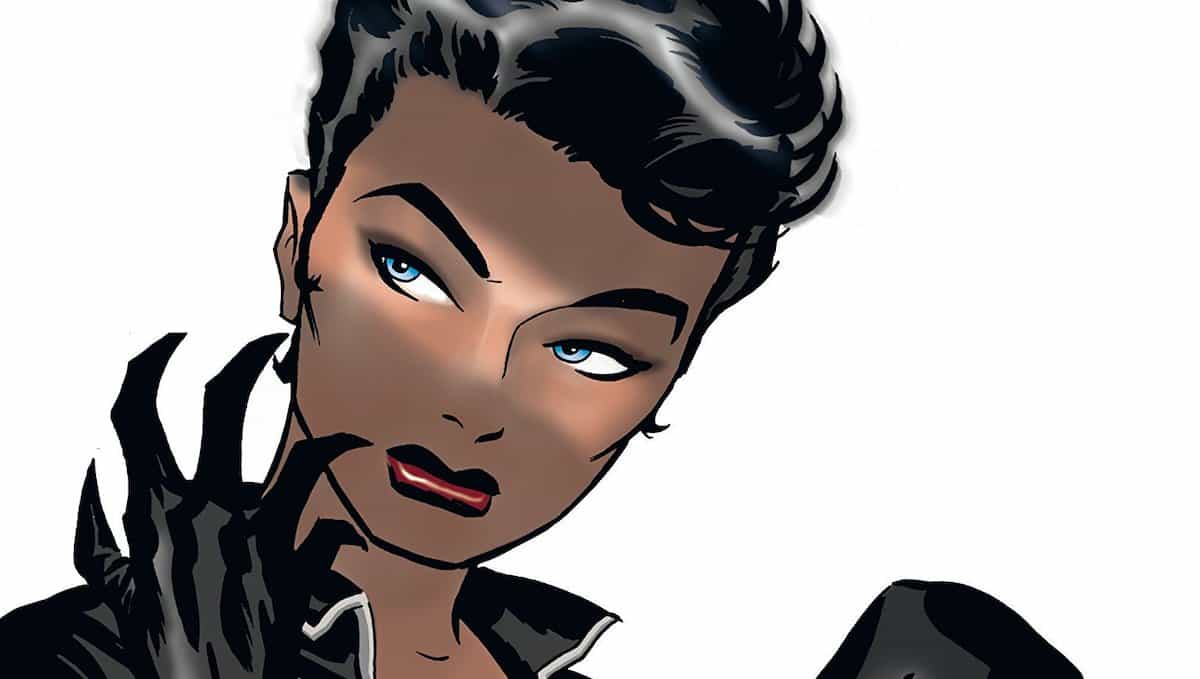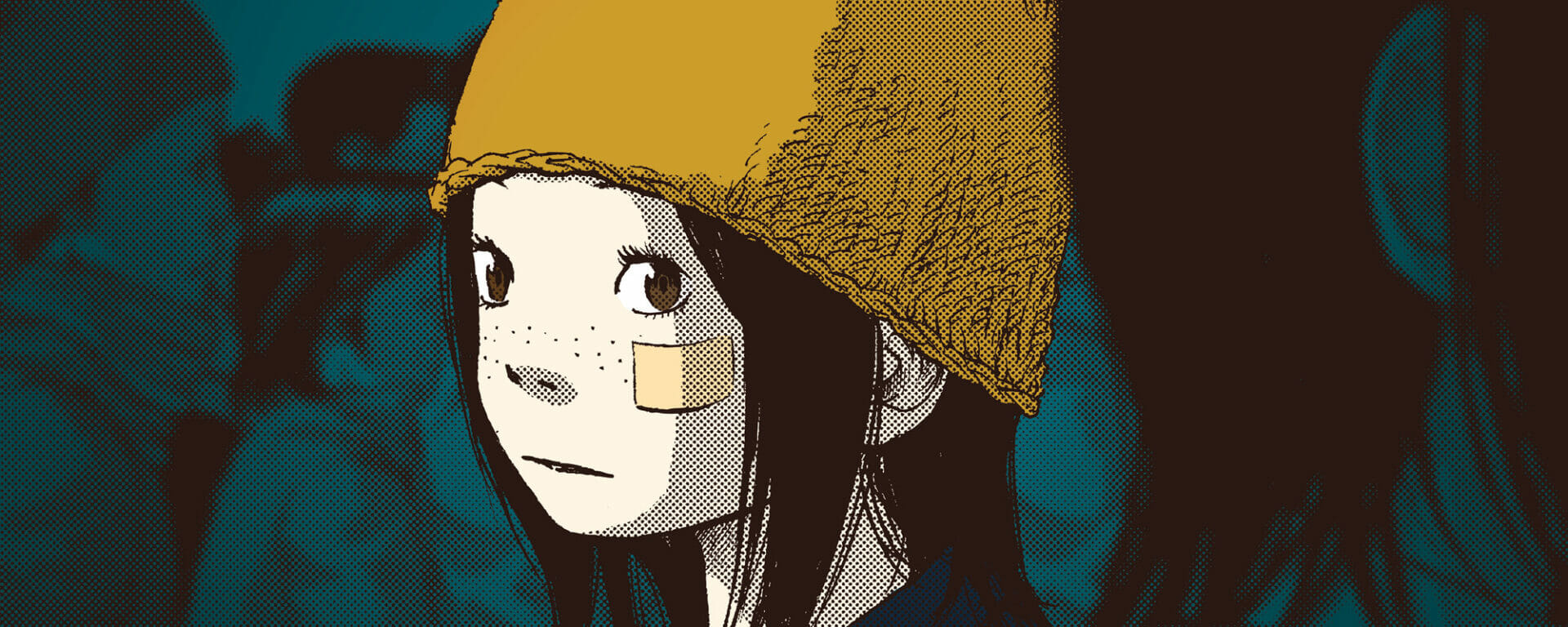
Brubaker’s Catwoman | Champion of the forgotten
Year
Format
Published from 2001 to 2008, Ed Brubaker’s Catwoman is a turning point in the feline thief’s career. Returning to Gotham City after faking her own death, Selina Kyle will take the side of East End, the infamous neighborhood where she grew up. In this arc largely drawn by Darwyn Cooke, atmospheres and characters of a noir movie paint a clear picture of Gotham City’s downtrodden citizens. Taking the focus away from Batman’s black and white morality, the comic plunges readers into Catwoman’s gray life.
Old City, New Catwoman
Distant from bombastic superhero plots and tones, Catwoman returns to her old neighborhood. Inhabited by petty criminals and drug addicts, this is the place where Selina Kyle grew up. Seeing the corruption in the city, the police abusing its citizens, Catwoman decides to become a vigilante, putting behind her the recent past as a thief. From solving the case of a serial killer murdering prostitutes to helping destroy a police-backed drug cartel, Selina is the only one trying to fix things. Even Batman ignores these streets. For him, thieves and prostitutes have chosen to be on the bad side of the law. Rejecting his rigid view on life, Catwoman uses her knowledge of the criminal underground to try and make a difference.
In Brubaker’s Catwoman Selina is not alone
While Catwoman may be an extraordinary thief, at the core she’s still Selina Kyle. As a normal person, the events around the woman take a toll on her emotional health. Similar to The Sopranos, Selina goes to a psychologist. Unlike Tony though, Selina can speak perfectly openly with her therapist, overcoming the obstacles the harsh life of Gotham puts in her way. In addition, to help Catwoman in her quest are gritty investigator Slam Bradley and cheerful ex-addict Holly. Initially tasked with confirming her death, Bradley will discover Catwoman is so much more than a kleptomaniac in a latex suit. On the other hand, Holly acts as a moral compass for Selina, lending a hand so the vigilante makes the right decisions.

Gotham is a City of Sins
Deeply entrenched in noir style, the comic reads like a pulp story. From its beginning, readers immediately notice it’s not going to be a standard superhero adventure. Middle-aged, gruff investigator Slam Bradley opens the arc, the classic hardboiled detective looking for the femme fatale. More similar to Wolverine Noir than When in Rome, this Catwoman run also employs graphical elements of noir. Cooke employs all the tricks to make the comic feel like a proper crime story. For instance, he frames the eyes using the street lamps light coming from windows, leaving much of the face in the dark. Stark lines and flat colors echo the 1940s comics, maintaining a connection to the golden period of hardboiled stories. Violent scenes are openly depicted and wounds, gunshots and body horror appear frequently.
Another element showcasing the gritty reality of Gotham City is the main characters’ mistakes. Armed with the best intentions, Catwoman and her friends are still only human. From outbursts of rage, to failing in winning the trust of somebody they love, the trio is constantly dealing with internal problems, struggling to carry on with the mission.
Catwoman’s redemption and future
While never trWhile never truly depicted as a villain, Brubaker’s Catwoman takes a fundamental step in becoming a fully realized antihero. She gained more relevance in the last decades, as more and more writers gave insights into her psychology and story. Notably, Tom King dedicated his own run to the Dark Knight and the Cat Burglar troubled relationship. Selina is not a mere supporting character anymore, made to simply dare and tease Batman. Quite the contrary, Brubaker made Batman a minor character in his run, establishing an autonomous interpretation of Catwoman as an equal to Batman.
Tag
Buy a ☕ for Hypercritic









